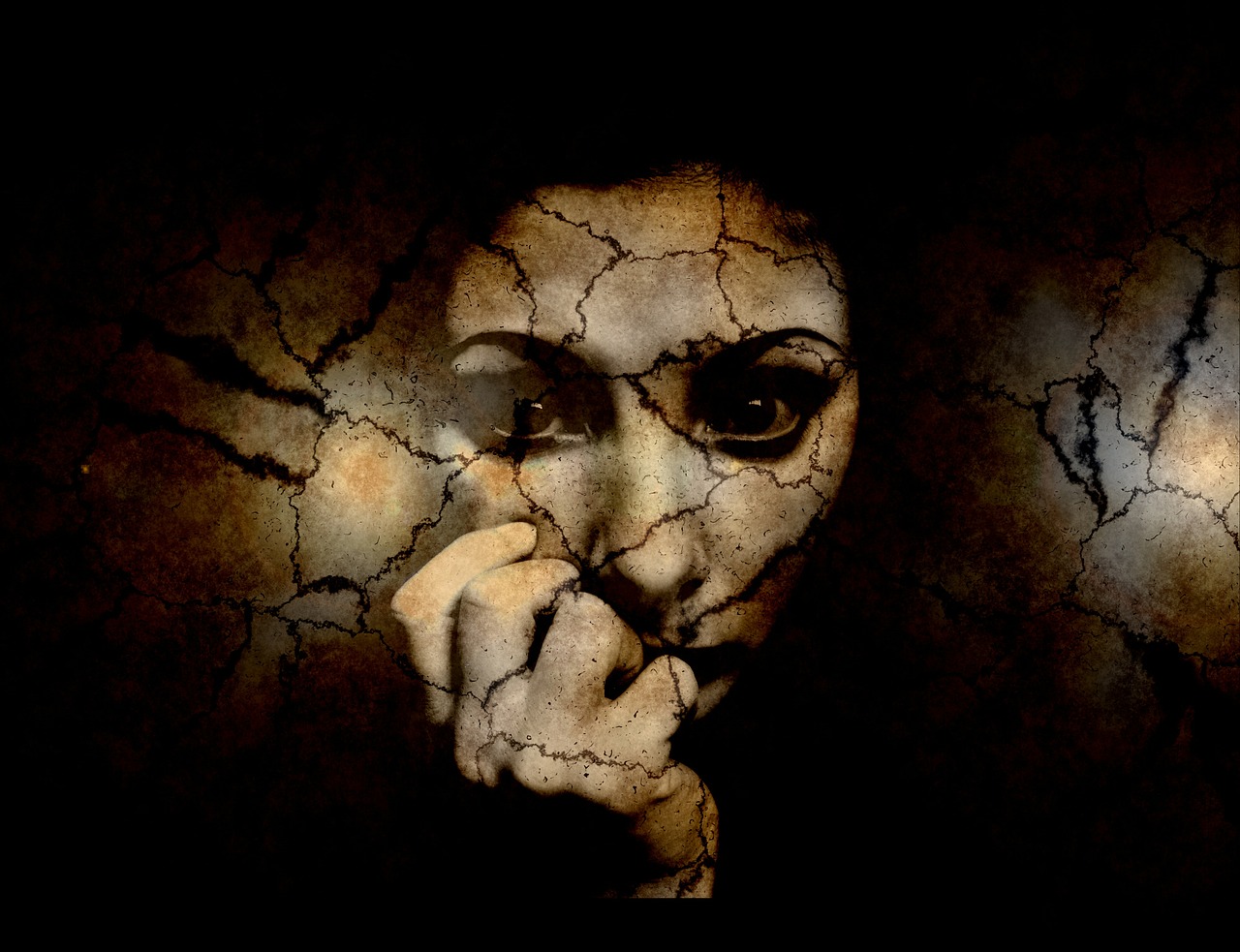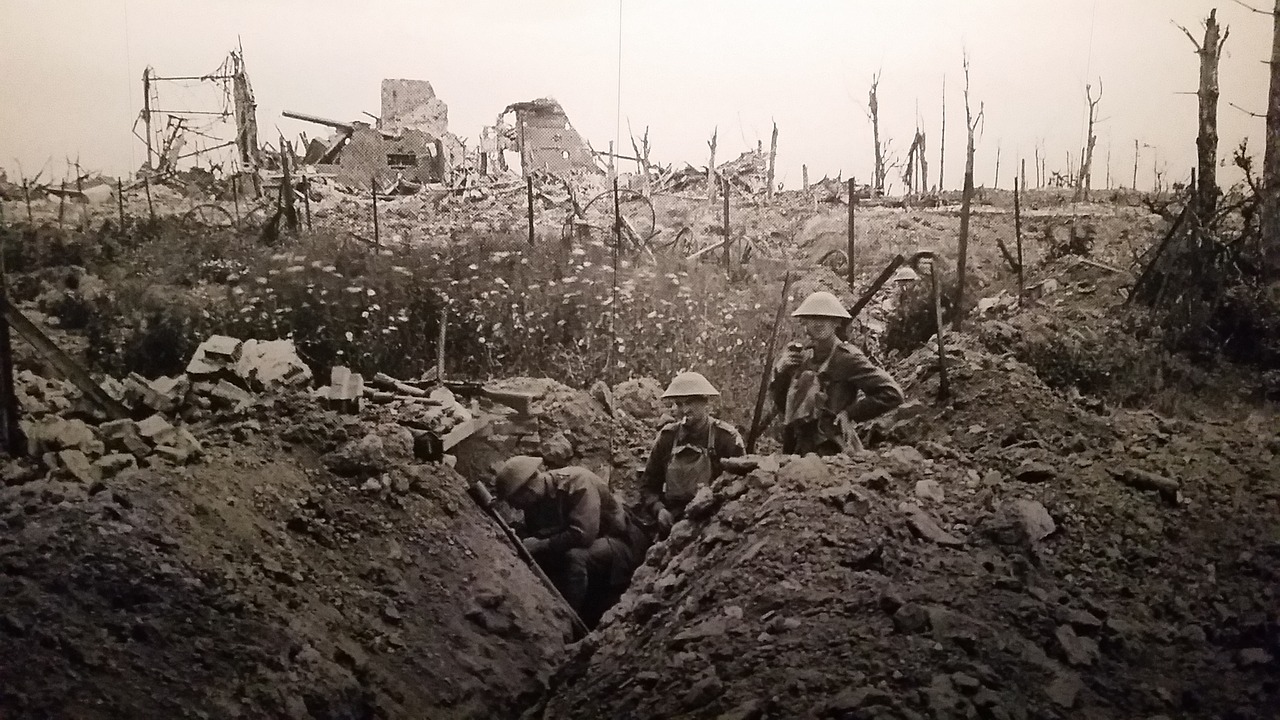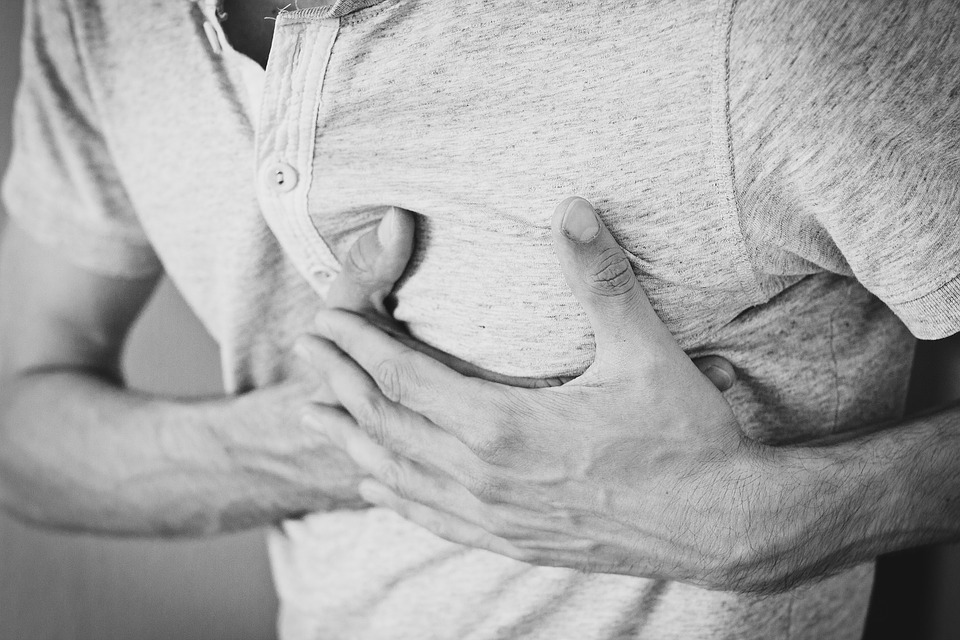Get Help for PTSD

Post-traumatic Stress Disorder (PTSD) affects individuals who have been exposed to a situation where they felt their life or well-being was in danger; but the threat may not have been personal. Exposure to a horrific event that is outside of normal human experience, regardless of personal risk, can cause someone to develop PTSD.
The person who develops PTSD may not have been the direct victim of the incident(s). Simply experiencing a sense of terror over the situation makes a person susceptible to developing PTSD.
PTSD was first recognized in soldiers during World War I. The condition was initially referred to as “shell shock”. As a result of experiencing horrific experiences during the war, soldiers returned home with a combination of symptoms that affected their ability to live a normal life.

Not everyone who goes through a distressing situation will develop PTSD. Some people are more resilient than others when it comes to the likelihood of ending up with PTSD. They possess protective factors which serve to ameliorate the effects of a traumatic experience. An example of a protective factor would be positive coping skills the individual had prior to exposure to trauma.
Complex PTSD
Complex PTSD differs from PTSD which is triggered by a single incident, such as a car accident or being the victim of a crime. Someone may develop complex PTSD after being exposed to long-term trauma. Examples of this could be exposure to domestic violence or child abuse over a period of time.
In order to qualify for a formal diagnosis of PTSD, the symptoms must create significant distress or a decreased ability to function in daily life. A significant interference in functioning might be difficulty concentrating to the point of being unable to work. The difficulty could be so severe that the person is unable to perform their job duties.
It may also wreak havoc on important relationships in a person’s life. Loved ones of people who suffer from PTSD cannot avoid being affected.
Common signs and symptoms of PTSD include the following, though not all have to be present in order for someone to be diagnosed with this anxiety disorder.
Intrusive Thoughts
Those suffering from PTSD may have what are referred to as “intrusive thoughts”. These are unwanted thoughts that come into consciousness. These sudden, uninvited thoughts can make the person feel haunted by the original trauma, creating significant anxiety as a result.
Nightmares
Nightmares are a very common symptom experienced by victims of trauma. The dreams may appear in the form of reliving the details of the original event or of something related to it. Frequent nightmares may create insomnia, since the individual may avoid falling asleep in an attempt to avoid distressing dreams.

Disrupted sleep
Insomnia is a common response to trauma. The individual may feel more vulnerable at night. The mind tends to roam when we are lying in bed trying to sleep, because there are fewer distractions. If the trauma occurred at night, they may be particularly sensitive after the sun goes down.
Our minds are more vulnerable in the moments between wakefulness and sleep. Therefore, we have fewer mental defenses to keep unwanted thoughts from cropping up.
Flashbacks
Flashbacks are the experience of reliving the disturbing experience. It’s different from simply having a memory of the event. It actually feels as though the person is back in the very situation where they felt terrified and powerless.
They may dissociate, meaning to mentally detach from the present. If you are with someone who is having a flashback, you may see them “reliving” the experience as they react to the terrible memories.

Avoidance
Efforts to avoid feelings and thoughts related to the traumatic event are common for people suffering from PTSD. They may refuse to discuss the traumatic event because remembering it is too horrifying.
They may avoid all things that remind them of the event. This can include familiar sounds and smells.
A person with avoidance may refuse to return to the location where the event occurred. Pushing back feelings they experienced during the event is also common. This is understandable, as the feelings may be too overwhelming and scary for them to face.
Depersonalization/derealization
A person coping with a trauma history may have the sensation of observing themselves, rather than being engaged in the present moment. It comes with the sense that things are not real, as if in a dream. Someone once described it as “having the foggies”. Her experience felt hazy and dream-like.
Detachment
People with PTSD may experience detachment, where they feel a distance between themselves or others. If you are dealing with a detached person, it may feel as though they aren’t themselves.
Dissociation
We have all dissociated. It’s similar to being on autopilot when we are driving. We get into a “zone” where we lose track of the time and are less aware of the moment. In the case of PTSD, dissociation is more severe.
Depression
Symptoms of depression such as hopelessness and helplessness may follow after the traumatic event. The experience of being victimized leaves a person feeling powerless and vulnerable. If their symptoms are severe, they may feel as though nothing will help and they will never feel normal again.
Guilt
While it may seem absurd that someone would feel responsible after being victimized, many survivors of trauma experience unrealistic guilt over the event. This response is more common than you would think. The guilt represents regret for making what the victim considers a poor choice. “If I had only left the party earlier, I wouldn’t have crossed paths with…”
Irritability

Irritability may be present because of decreased tolerance with frustration. Think about how many feelings and overwhelming thoughts a person with PTSD has to cope with.
Since insomnia is a common symptom, the person with PTSD may have less patience dealing with people and everyday situations. Angry outbursts may ensue as a result.
Hypervigilance
Trauma survivors will likely be on guard for danger. This reaction likely served humans back when we had to be vigilant of beasts who might attack, but in our modern life these
Traumatized individuals frequently feel on edge and are hyper-aware of their surroundings, as if to be prepared if a threat presents itself.
Physical Responses
Physical symptoms can be triggered by exposure to anything that reminds the person of an unpleasant memory. While these symptoms may not put the person’s life at risk, they may well feel they are dying if they present as a panic attack.

Intrusive thoughts, smells, or sensations that remind a person of the event can trigger automatic physical reactions. Some of these may include racing heart, sweating, dizziness, nausea, or any of a multitude of unpleasant physical symptoms of anxiety.
Treatment
Children
Typically, children with PTSD are treated through play therapy amongst other techniques such as art therapy and bibliotherapy.
Art therapy allows them to express themselves nonverbally, which is a cathartic experience for the child. The child’s art can also help the therapist better understand what their experience was.
Bibliotherapy (reading stories about children who have experienced some type of horrible event) helps the child realize their feelings are normal. It helps them feel less alone.
Adults
Talk therapy is typically used with adult clients who are recovering from PTSD. Cognitive behavioral therapy (CBT), in particular, is used. CBT is a form of therapy that encourages changing one’s thoughts and behaviors.
A technique used in CBT for alleviating the distress of thinking about the traumatic event is referred to “desensitization”. Desensitization is also used to treat phobias. It works by progressively decreasing the emotional reaction to a stressor. For example, the therapist will teach the client to rate their anxiety on a scale from 1-10.
The client is taught relaxation techniques and develops a list of anxiety provoking thoughts/memories, rating them in order of least to most-anxiety provoking. The therapists walks the client through the stressful thoughts, beginning with the ones that cause the least distress. As the client’s distress becomes increasingly intolerable, the session stops for the client to use relaxation technique. This process continues until the pesrson is able to talk about the most anxiety-provoking thoughts without a severe reaction.
Dialectical Behavioral Therapy (DBT) is a type of therapy that also works on thoughts and behaviors; however it has specific components and requires the therapist be trained in the practice; though, therapists who are not trained may incorporate techniques from DBT into their work. DBT encouragees the use of mindfulness and emotional regulation.
Mindfulness skills are taught in order to help the client stay in the present moment, rather than allowing their minds to drift. A drifting mind is more likely to focus on past experiences which can provoke anxiety. Emotional regulation refers to the client gaining control over intense emotions.
EMDR
EMDR, or eye movement desensitization and reprocessing, is a technique used in therapy with clients who have PTSD. There is some controversy as to whether or not this technique is affective but it’s very popular for treating the condition.
The therapist has the client look at the therapist’s finger, while she makes a repetitive motion from left to right. The client follows the finger with their eyes as the therapist moves it back and forth. While watching the therapist’s finger, the client recounts details of the traumatic event. This process lessens the intensity of distress the client feels.
Medication
If PTSD symptoms such as panic, depression, and insomnia are severe and seriously interfering in daily life, medication may be used to alleviate them.
Help
There are many online resources for learning more about PTSD. Many helpful books and workbooks are available, as well. Online therapy services can help and you don’t have to leave the comfort of your own home.
Here are some additional resources I would recommend:
The Complex PTSD Workbook: A Mind-Body Approach to Regaining Emotional Control and Becoming Whole
The PTSD Workbook for Teens: Simple, Effective Skills for Healing Trauma
TheMentalHealthBlog.com is a participant in the Amazon Services LLC Associates Program, an affiliate advertising program. TheMentalHealthBlog.com earns fees from products sold through qualifying purchases by linking to Amazon.com. Amazon offers a commission on products sold through their affiliate links.




